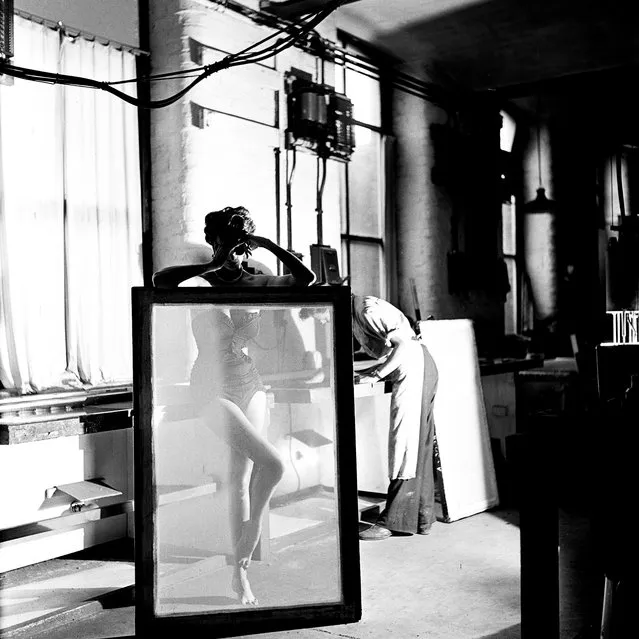
“Grit and Glamour”, a retrospective of the late British photographer Elsbeth Juda, who fled Nazi occupation and came to England in 1933, is at the Jewish Museum, in London, until July 1, 2018. Here: Model Barbara Goalen behind a printing screen, Lancashire, 1952. (Photo by Elsbeth Juda Archive/Victoria and Albert Museum)
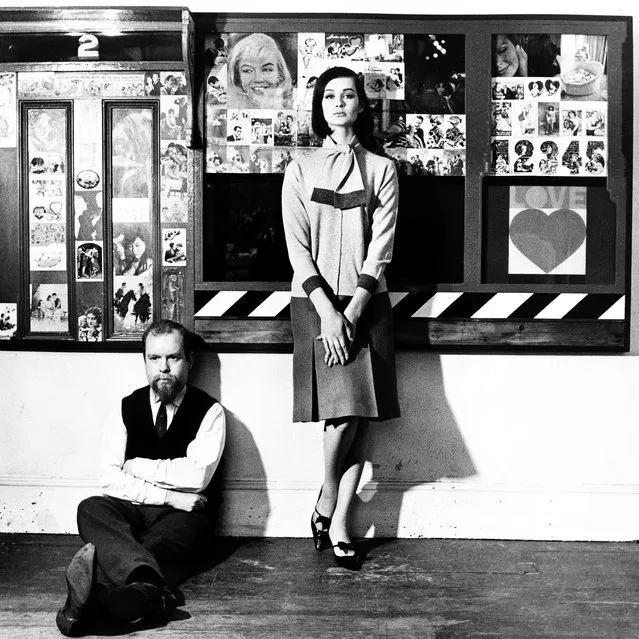
Though she had no major exhibition of her work until she was 98, Juda had a long career as a highly successful commercial photographer, working for magazines and advertising agencies for 45 years. Here: Peter Blake and model Marie-Lise Gres at his studio, London, 1961. (Photo by Elsbeth Juda Archive/Victoria and Albert Museum)
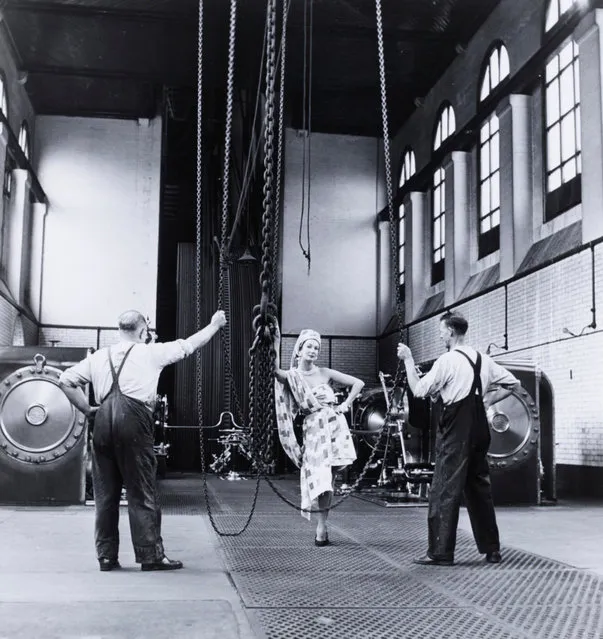
Juda was best known for her work in the 1950s and 60s as in-house photographer for the Ambassador: The British Exports Magazine, of which her husband was editor. Some of the most famous faces on the British cultural scene – from Goalen, Britain’s first supermodel, to Henry Moore and even Winston Churchill – feature in her frames. Here: Goalen with the 1895 mill engine “Betty”, Lancashire, 1952. (Photo by Elsbeth Juda Archive/Victoria and Albert Museum)
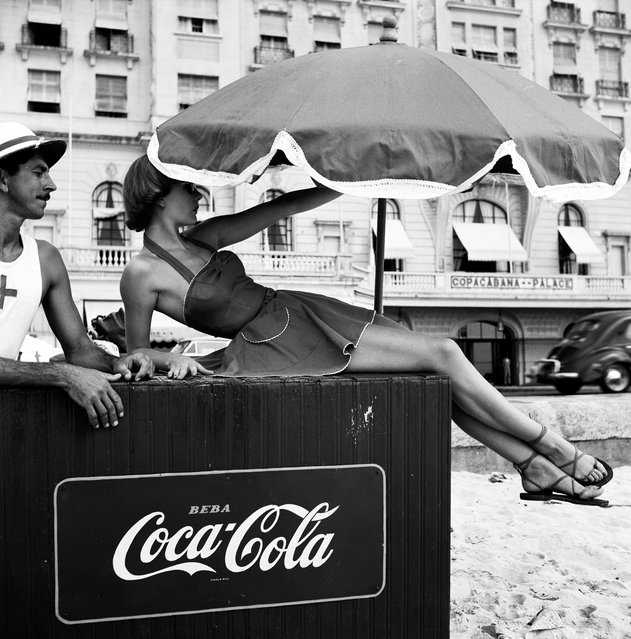
Writing about the Ambassador, the art critic Robert Melville said it was “the most daring and enterprising trade journal ever conceived … No other magazine … has so consistently and brilliantly demonstrated the relevance of works of art to the problems of industrial design”. Here: Shelagh Wilson, Copacabana beach, Rio de Janeiro, 1951. (Photo by Elsbeth Juda Archive/Victoria and Albert Museum)
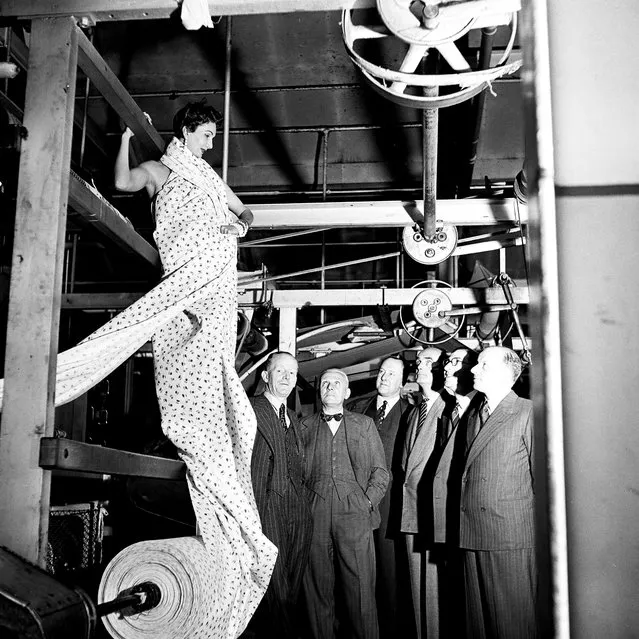
Juda was known for her unorthodox approach in her work for the Ambassador, disregarding formal conventions for commercial photography and using unexpected backdrops and props. Here: Goalen with Calico Printers’ Association board members, Lancashire, 1950. (Photo by Elsbeth Juda Archive/Victoria and Albert Museum)
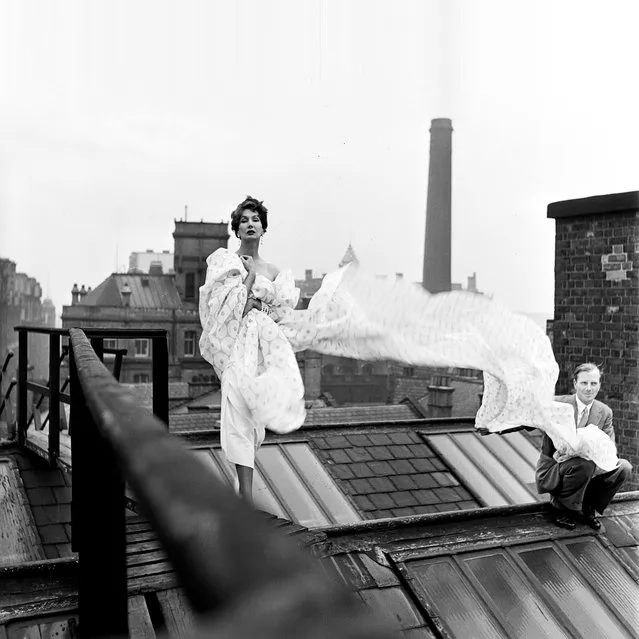
Speaking of this shoot, Juda said: “For a cotton issue (of the magazine) I took Barbara Goalen to the Calico Printers’ Association. Instead of having 18 fabrics just laid out, I said, “Let’s try something”. Goalen in a cloud of billowing fabric on a showroom rooftop was the result. Here: Goalen on the roof of Whitworth & Mitchell’s, Manchester, 1952. (Photo by Elsbeth Juda Archive/Victoria and Albert Museum)
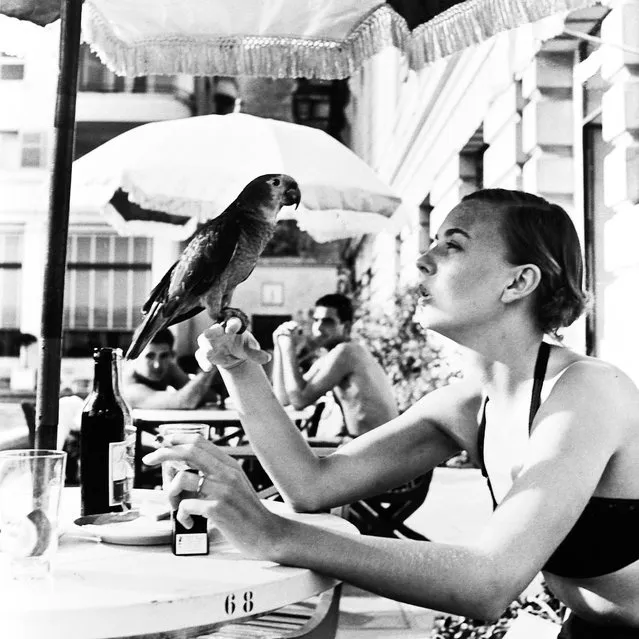
Juda was well connected in the British art world, with many of her subjects becoming close friends and collaborators. Here: Wilson with a parrot, Copacabana beach, Rio de Janeiro, 1951. (Photo by Elsbeth Juda Archive/Victoria and Albert Museum)
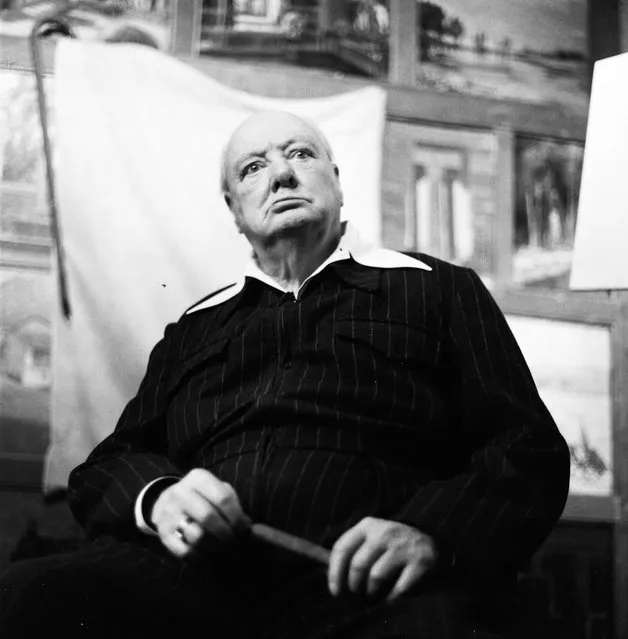
Graham Sutherland was one such friend. Juda documented the painting Sutherland made of Churchill, which was later destroyed. Here: Winston Churchill sitting for Graham Sutherland, 1954. (Photo by Elsbeth Juda Archive/Victoria and Albert Museum)
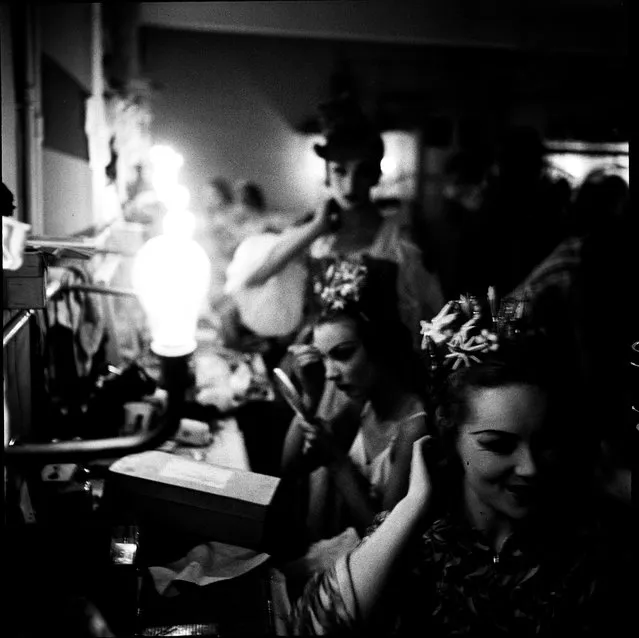
Juda studied photography with the Bauhaus photographer Lucia Moholy (wife of artist László Moholy-Nagy), and inherited her eye-catching modernist aesthetic. Here: Corps de ballet dressing room, Sadler’s Wells, London, 1949. (Photo by Elsbeth Juda Archive/Victoria and Albert Museum)
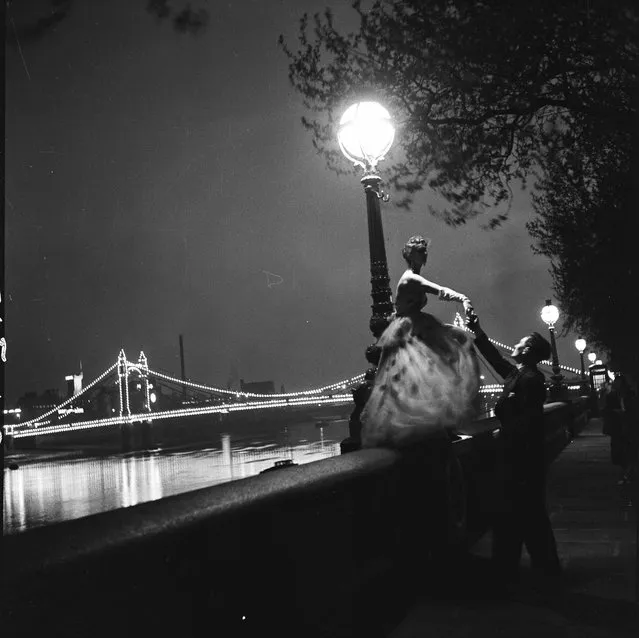
Speaking of her practice, Juda once said: “If you can find pleasure and fun, you become inventive”. Following the death of her husband in 1975, she abandoned photography in favour of painting, and spent her 90s studying master works at the National Gallery and the Royal Academy. She died in 2014, at 103. Here: Goalen on London’s Embankment in 1951. (Photo by Elsbeth Juda Archive/Victoria and Albert Museum)
31 Mar 2018 00:05:00,
post received
0 comments
